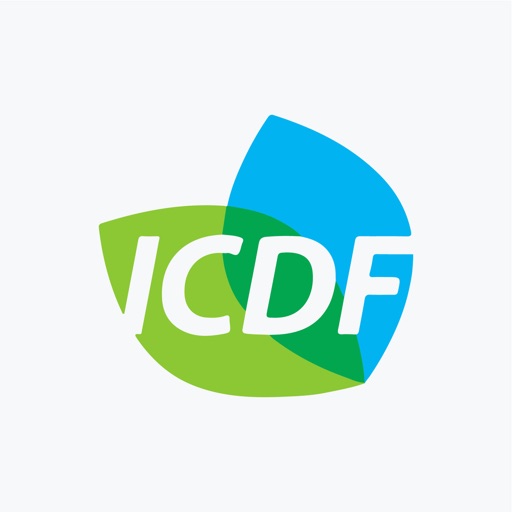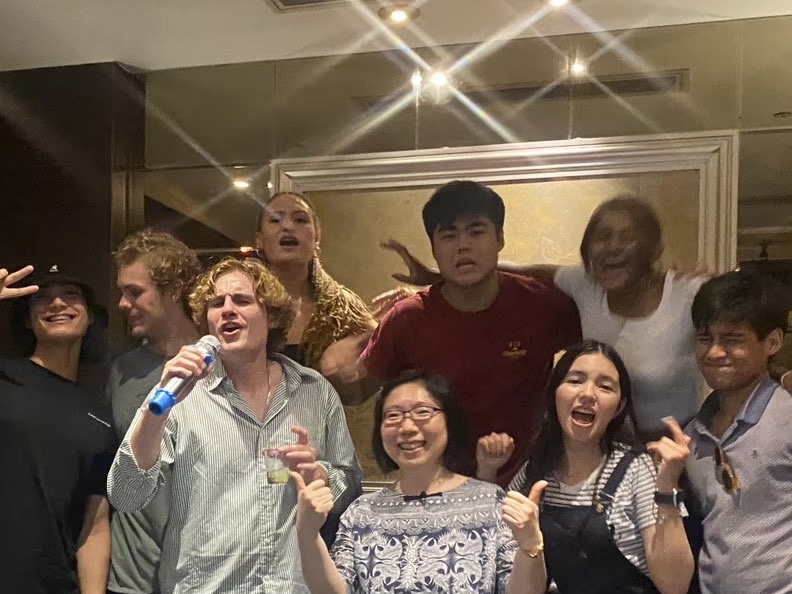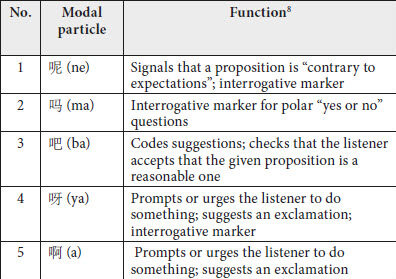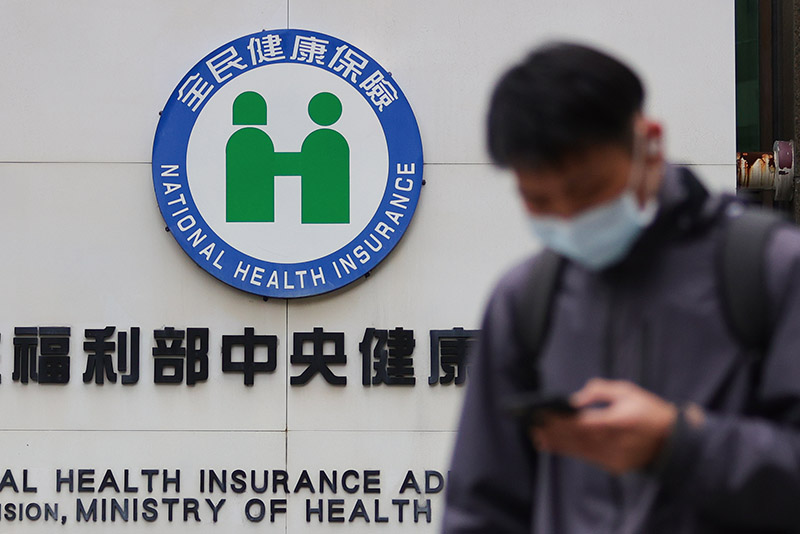State-centrism is the theory of accepting the sovereign government of a nation as representing all subjects of the said nation. This model is based on Westphalian principles set by European colonial powers in the 17th century and is the basis for the political structuring of the World Health Organization (WHO) and the United Nations (UN). By misconstruing the state as the nation, state interests come before those of the nation, and peripheral populations are marginalized by the national government. By looking at the current issue of cross-strait relations, we can see how the nation of Taiwan falls into the imagined boundaries of the CCP, a political body whose interests focus on the island as a political agenda rather than a nation of 24 million people. By falling under CCP sovereignty in the eyes of countries with political and economic ties with the mainland, Taiwan is without access to a microphone on the global stage, be it with health issues in the WHO or policy issues in the UN.
Lack of official designation does not mean global superpowers like the USA and China are uninterested in having relations with Taiwan. On the contrary, former colonial powers still view Taiwan as what it once was: a profitable colony. By not recognizing Taiwan as an official state while still not recognizing the CCP’s claim to sovereignty over the island, these states can maintain unofficial diplomatic relations with Taiwan outside of the UN centered around preserving their financial and military interests. While this benefits the ROC economy, when faced with a global pandemic such as COVID-19 or a devastating earthquake, Taiwanese people are left voiceless and misrepresented by the CCP. To counteract this, the Taiwanese Ministry of Foreign affairs relies on further strategic ambiguity through private international funds such as the International Cooperation Development Fund (ICDF) to find allies on a more equitable playing ground.

The ICDF supports developing countries, primarily in Latin America and Africa, through technical education, health care infrastructure, and farming techniques. Although they combine the private and public sectors, relying on external consultants to help with teaching and monitoring programs, most ICDF funding comes from the Taiwan Ministry of Foreign Affairs (MOFA). The organization is fully transparent about the fund’s political agenda, disclosing that each year a set of projects is put forward by ICDF and approved for funding by the MOFA depending on its leverage for international standing. The ICDF’s job is to efficiently balance the political interests of MOFA with the actual needs within the countries in question, all while working on a limited budget. This last point is of utmost importance because while other developed countries use their foreign aid funds to further their interests, with actual progress coming second, the ICDF must show progress in the countries they are working with to maintain their tenuous diplomatic situation. To accomplish this, they have implemented the Taiwan Model into their projects.

The Taiwan Model ensures that for every project the ICDF starts, a dispatch project management is stationed and grounded full-time at the community based on the project’s unique requirements. This integration enables them to keep contact with a direct window into the current state of affairs for said project, further customizing support to most efficiently promote actual growth. In the face of an economic standoff with the world’s second-largest economy, Taiwan is forced to implement measures of good politics, optimizing efficiency when implementing scientific research while being held accountable for the project’s success, transparency with the project’s motives, and representation for the real needs of the nation in question.



